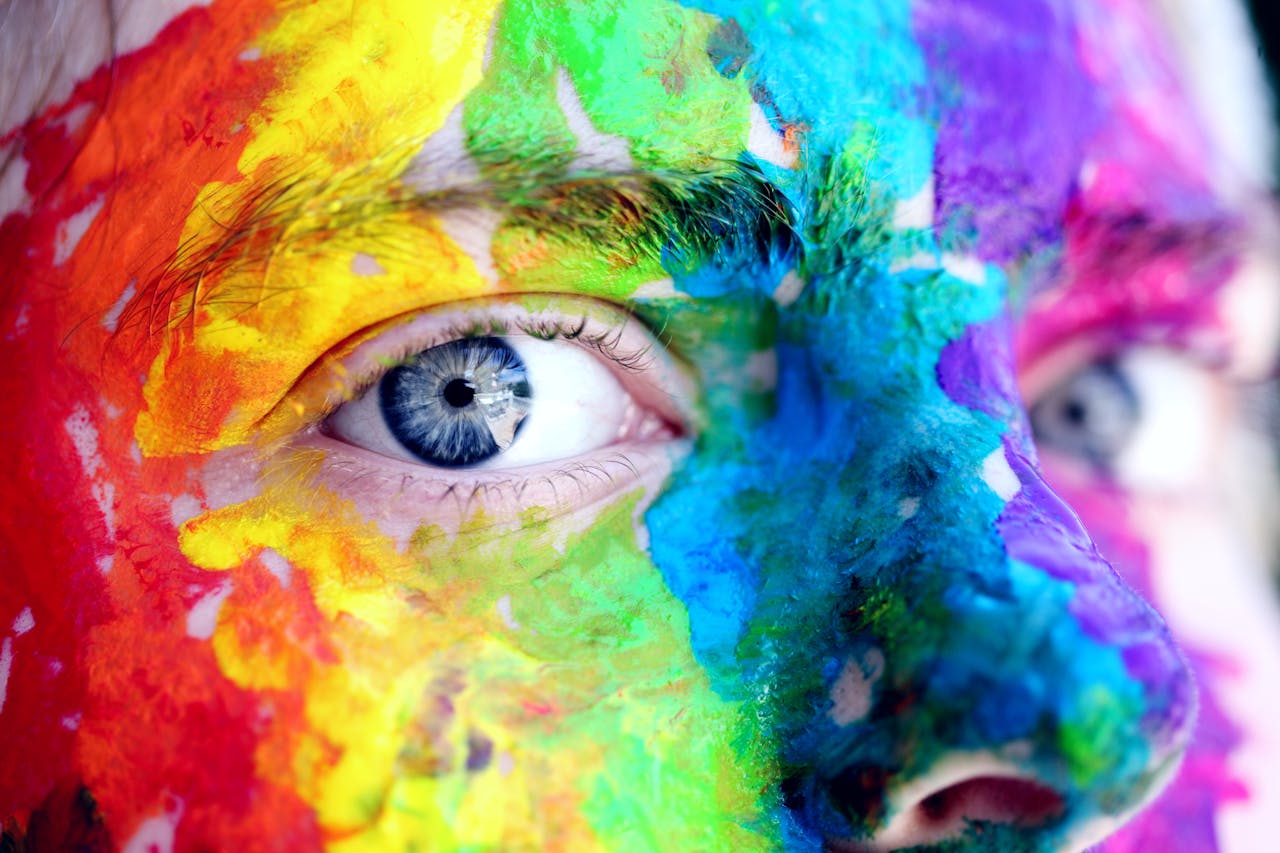The University of Barcelona is shedding light on a topic that, although often unnoticed, is one of the most discussed in psychology: the “psychology of color.” Mental health professionals study how colors can influence the perception of reality. In this context, a person’s favorite color can reveal a lot about their personality.
Many people associate the color blue with peace, calm, trust, and loyalty. In contrast, red is generally associated with passion, energy, strength, and enthusiasm. A study at Catalan universities found that less intelligent people tend to choose three specific colors as their favorites.
Three Colors
Jonathan García-Allen, founder of “Psychology and Mind,” identifies three colors that are often popular among less intelligent and, in particular, less creative people. The first is brown, which is often associated with the need for security in established structures. These individuals have no problem following rules but feel uncomfortable in unfamiliar situations or with the idea of taking risks and improvising.
Additionally, gray is frequently cited as one of these people’s preferred colors. This color is usually associated with passivity and indecision. A lack of decisiveness in decision-making is common among them, as is a tendency toward neutrality, sobriety, and a constant search for balance.
Lack of Concentration
The third color García-Allen mentions is a pale yellow. People who prefer this color often have difficulty concentrating, especially on tasks that require a high level of attention or must be completed in multiple phases.
In addition, we can also talk about other widely used and popular colors. Green is often associated with happiness, nature, and growth, as well as caring for others. Black represents elegance, power, sophistication, and mystery. The list of associations continues as follows:
White: Purity, innocence, cleanliness, and order.
Purple: Spirituality, mystery, royalty, security, and creativity.
- Pink: Love, sweetness, femininity, and fun.
Orange is another color that’s generally not very popular. However, experts agree that its meaning and the values and feelings it embodies are positive. These include good social skills, high levels of energy and enthusiasm, and the promotion of friendships.




